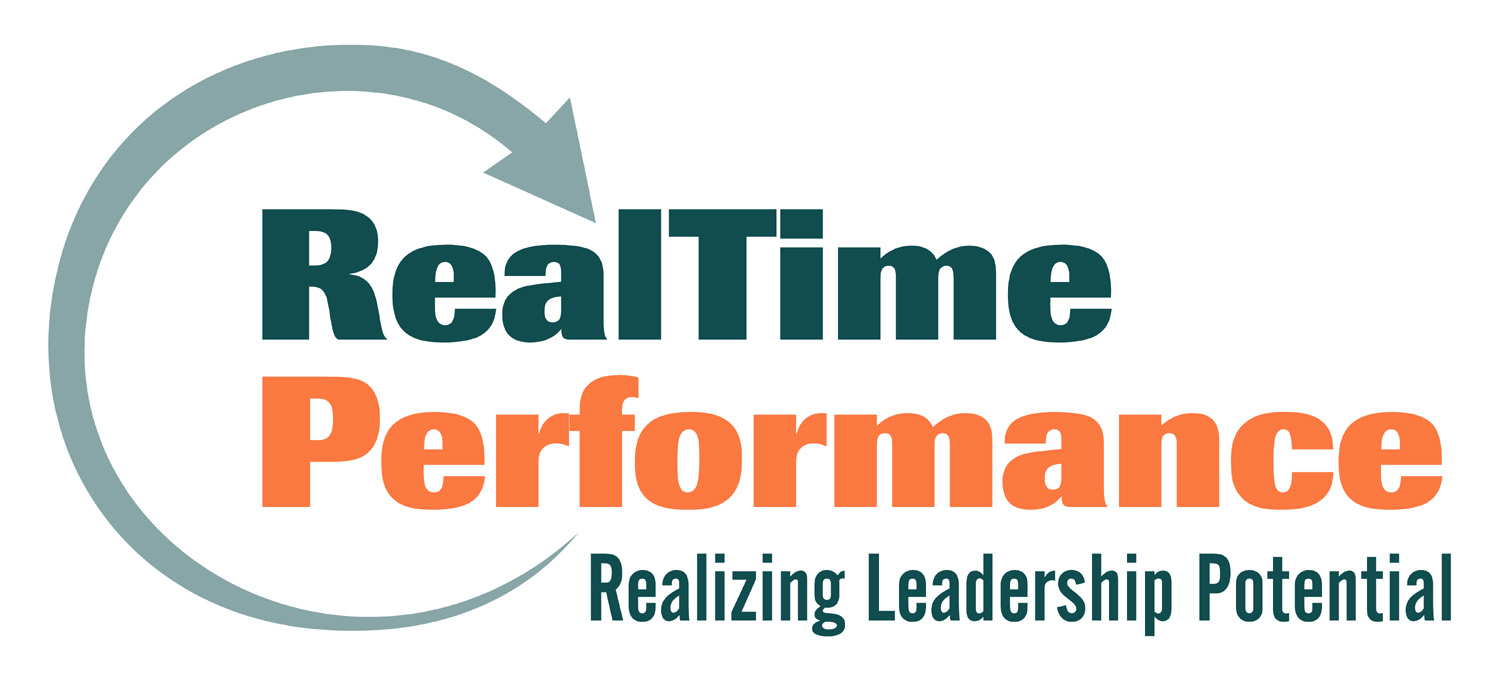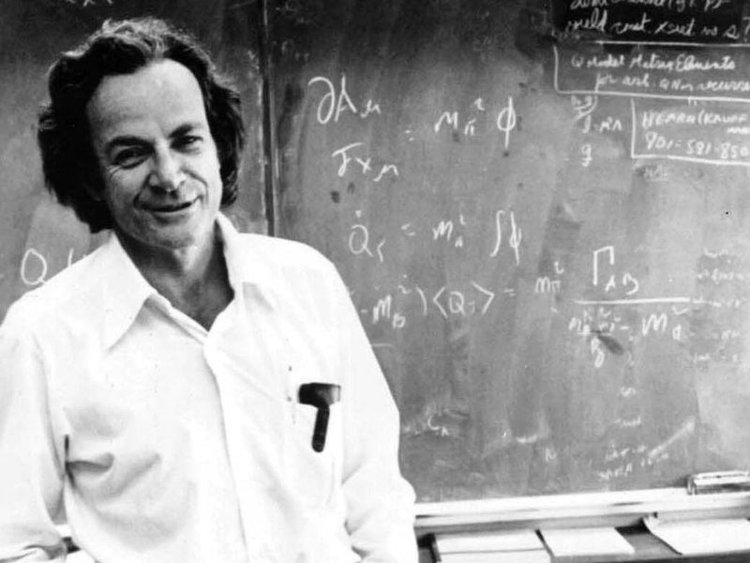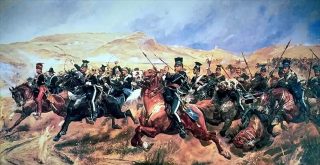As World War II broke out, the physicist Richard Feynman was recruited to Los Alamos to assist in the development of the first atomic bomb. He was tasked with calculating the energy released by the nuclear explosion. Machines were brought in from IBM to assist in the task. Although state of art in their day, they were crude mechanical calculators that used punch cards to execute complicated calculations. The Army dispatched a group called the Special Engineering Detachment to operate the machines. Essentially, it consisted of bright high school graduates who showed special aptitude for engineering.
As the manager of this group, Feynman’s job was to run as many calculations as possible while ensuring accuracy. The problem was that the work was tedious. There were many steps required for each calculation and mistakes were commonplace. Before Feyman took over, the group completed three problems in nine months.
Feynman could see the problem right away. These young men would show up everyday, punching holes in cards and crunching numbers, yet they had no idea what the numbers meant. It was mind-numbing. There was no meaning or purpose to their work. This was by design of course. For security, information was tightly controlled at Los Alamos, and these young men were told nothing. And consequently, progress was slow.
Feynman talked to Robert Oppenheimer, who was in charge of the effort at Los Alamos, and received special permission to share more information about why these calculations were so important. Feynman gave a lecture to his men, where he connected the work they were doing with the greater war effort, and helped them understand the meaning underlying the numbers. Finally, they knew what the numbers meant! If the pressure calculation came out higher, that meant more energy was released.
Here is how Feynman describes is:
“Total transformation! They began to invent ways of doing it better. They improved the scheme. They worked at night. They didn’t need supervising in the night; they didn’t need anything. They understood everything; they invented several of the programs that we used. So my boys really came through. And all that needed to be done was to tell them what it was. As a result, although it took them nine months to do three problems before, we did nine problems in three months, which is nearly ten times as fast.”
Articulating the purpose of any worthy endeavor is one of the primary responsibilities of a leader. Unfortunately it is also a responsibility that is chronically underestimated and underutilized. When you help people understand the “why” behind their work, you unleash passion, creativity and effort.
“He who has a why to live can bear with almost any how.” – Nietzsche
As a leader, the purpose may seem so obvious to you that expending effort on communicating it to others can feel like a waste of time, but nothing could be further from the truth. By helping people connect their effort and activity to a greater purpose you inspire and motivate them to go beyond what they think is possible.
Source Notes
Surely You’re Joking, Mr. Feynman! (Adventures of a Curious Character)
About the Author
Sean P. Murray is an author, speaker and consultant in the areas of leadership development and talent management. Learn more at RealTime Performance.
Follow Me on Twitter: @seanpmurray111
Join my mailing list and be updated when I publish new articles.



Great article and very important point!
Thanks for sharing. Purpose with passion as power, not to put too fine a point on it. Thanks Sean.
This comment was sent to me by my colleague George Hall. He asked me to post it here:
All roads lead back to great leadership, and engaged employees. Many, many, years ago, even before engagement was fashionable, research in the field of IT professionals, specifically, revealed that the single most important factor to their satisfaction (old term) was the sense of understanding just HOW what they were doing day to day impacted the overall success of the business. In other words, sense of purpose. So we can re-brand, re-purpose the phrases over time, but the simple truth is exactly what Dr. Feynman discovered many years ago. High performing individuals and business enterprises will optimize their results if they have a sense of purpose!
Thanks for sharing.
George